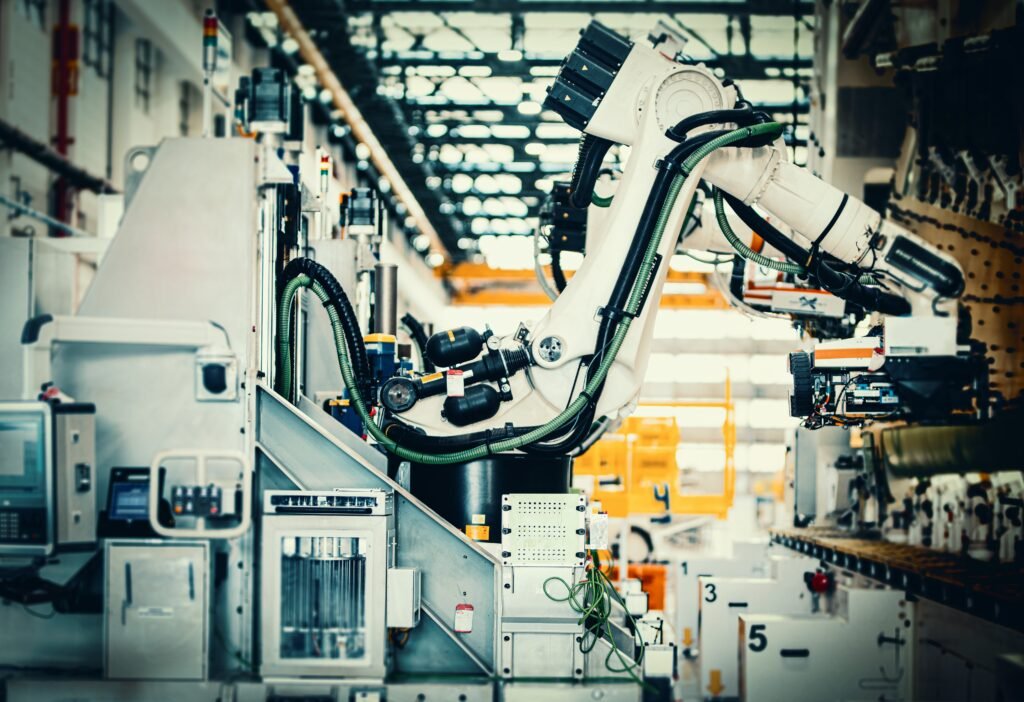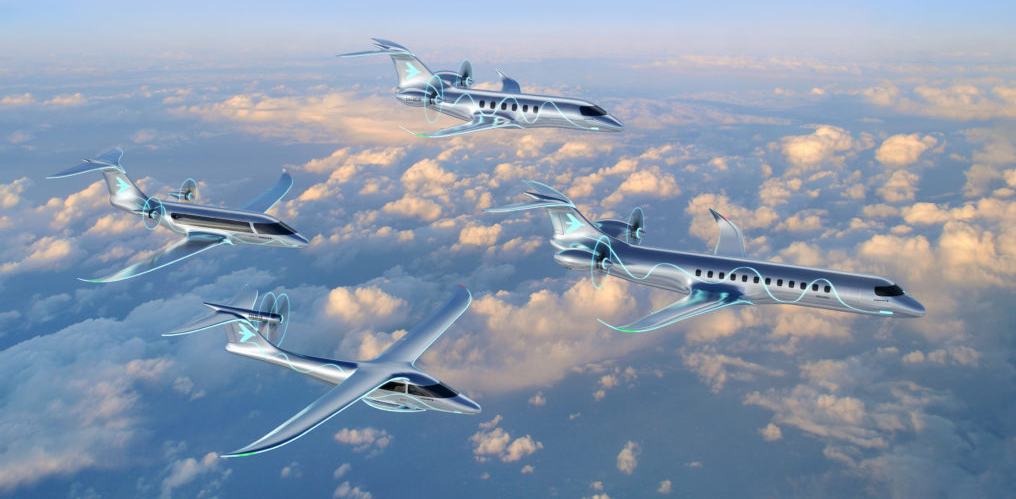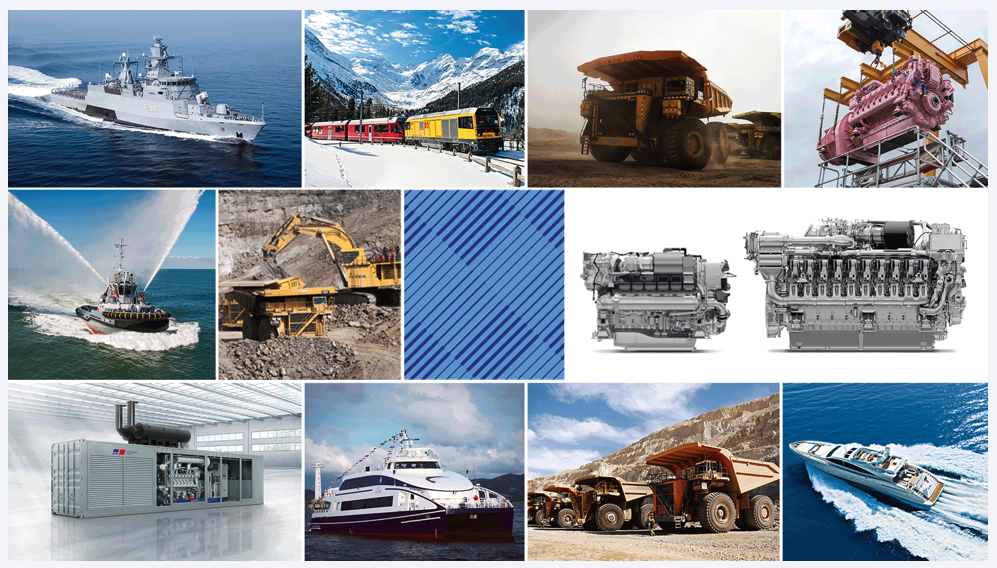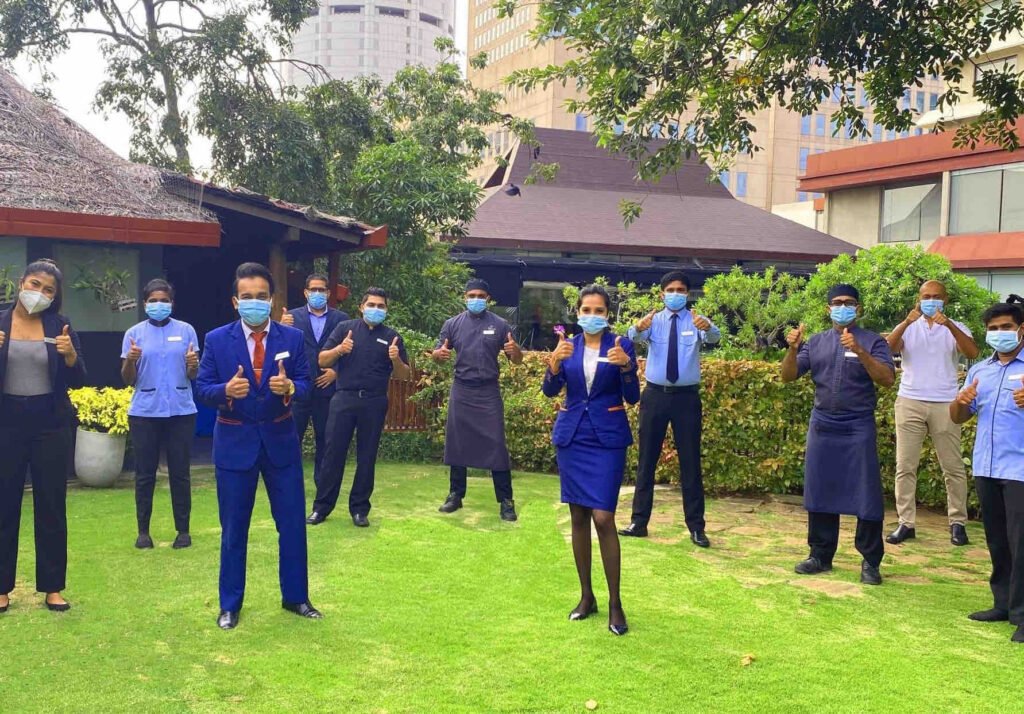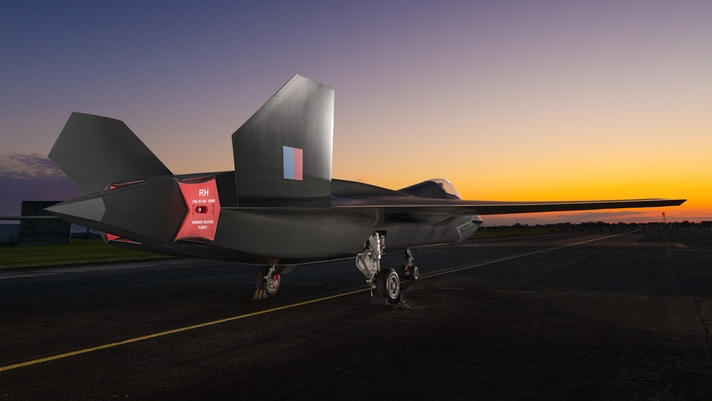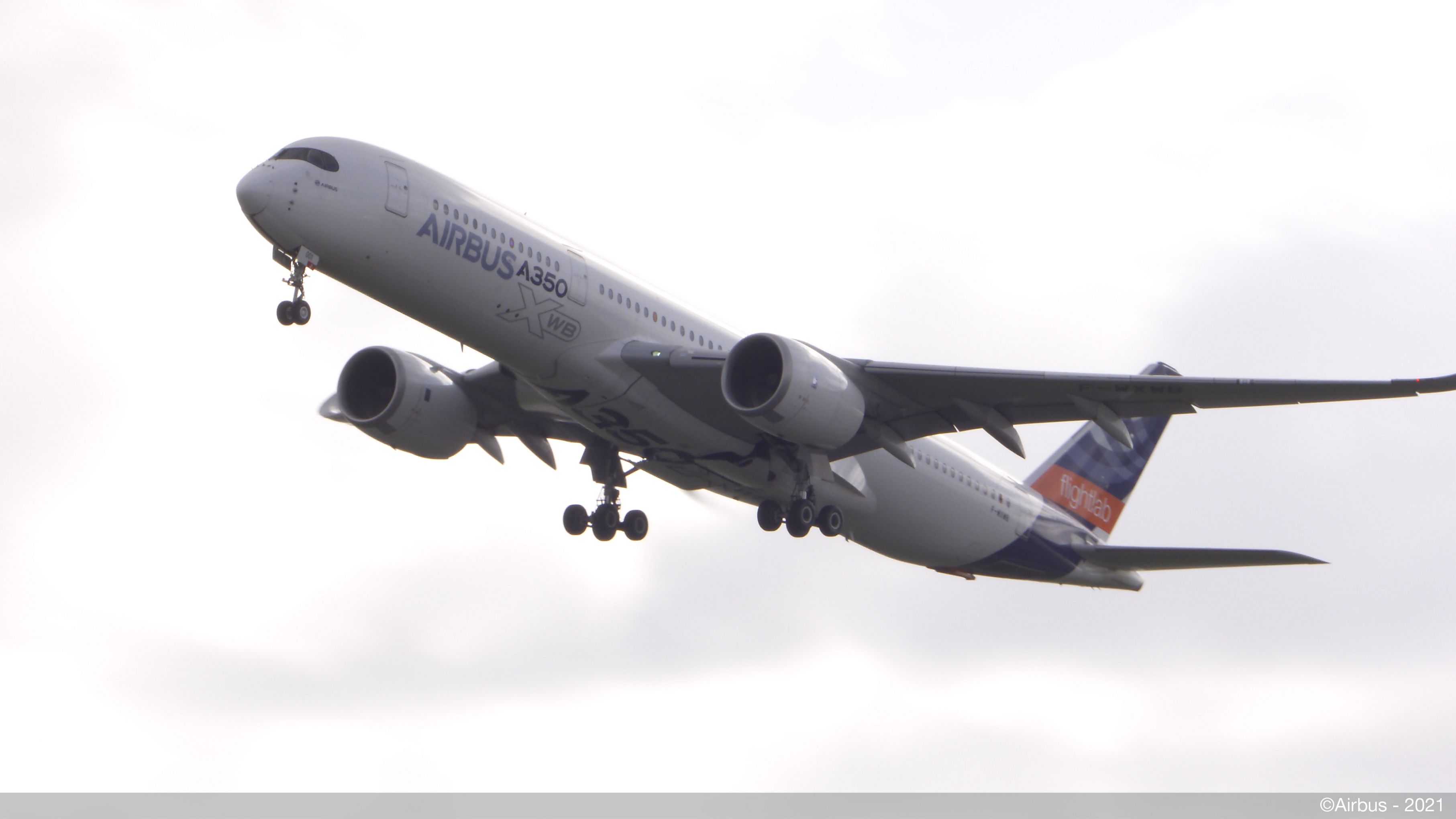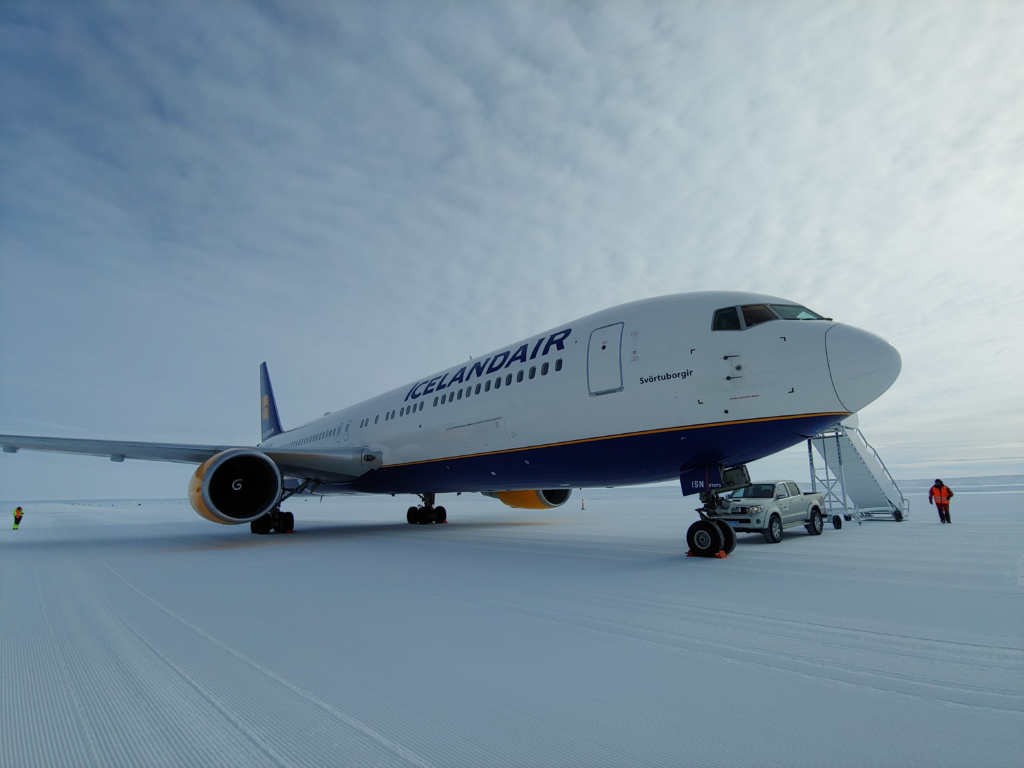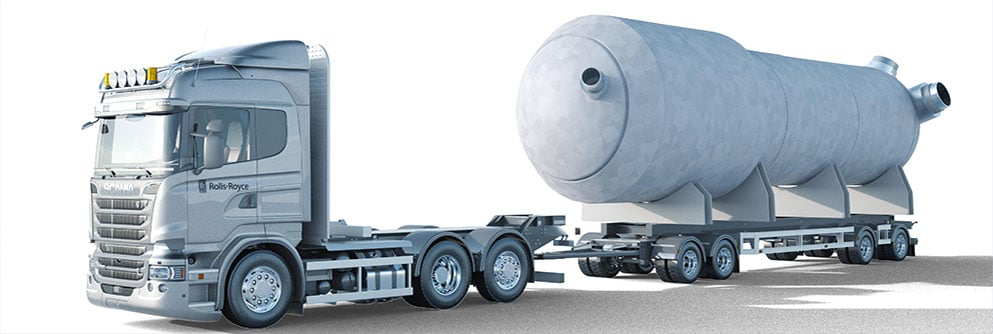Eve Partners with Porsche Consulting on eVTOL Global Manufacturing and Logistics
São José dos Campos, SP, Brazil – May 31, 2022 - Eve Holding, Inc. (NYSE: EVEX), a leader in the development of next-generation Urban Air Mobility (“UAM”) solutions and a carve-out from Embraer S.A. (NYSE:…
